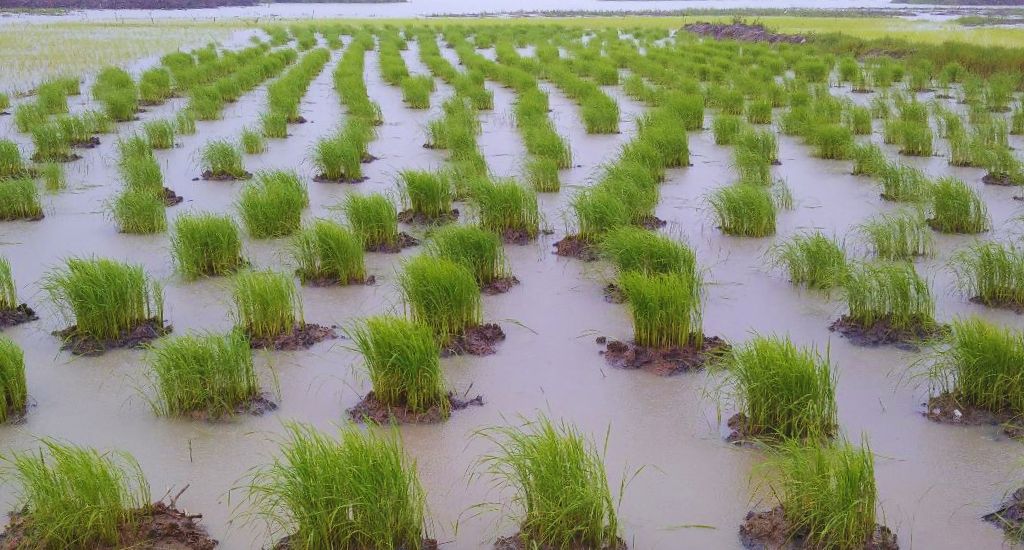
Why Kerala needs revival of Kaipad rice
Traditional salt-tolerant rice varieties grown in coastal Kaipad lands are set on a revival course. But farmers need more support to produce the nutrient-rich organic crop.

Traditional salt-tolerant rice varieties grown in coastal Kaipad lands are set on a revival course. But farmers need more support to produce the nutrient-rich organic crop.
Paddy cultivation in Kerala has witnessed a steady decline since the 1980s, major factors being large scale conversion of paddy fields into residential areas and shopping centres. Now Kerala imports rice from neighbouring states to meet its needs.
Enhancing rice production from a naturally organic tract is important for sustainable agriculture and fulfilling the state’s needs.
This can be done by growing Kaipad rice, which will benefit the society, farmers, environment and the health of consumers. Kaipad denotes traditional rice varieties that can be grown in saline soils, are naturally organic and rich in many nutrients.
Wetlands cover about one-fifth of Kerala. Climate-induced weather events are wreaking havoc on all the production systems, especially in coastal wetlands. As the temperature across Kerala is projected to rise by 2°C and sea level by 1m by 2050, paddy production is estimated to drop by 6 percent with every degree rise in temperature. At this juncture, naturally organic rice tracts like Kaipad need to be protected.
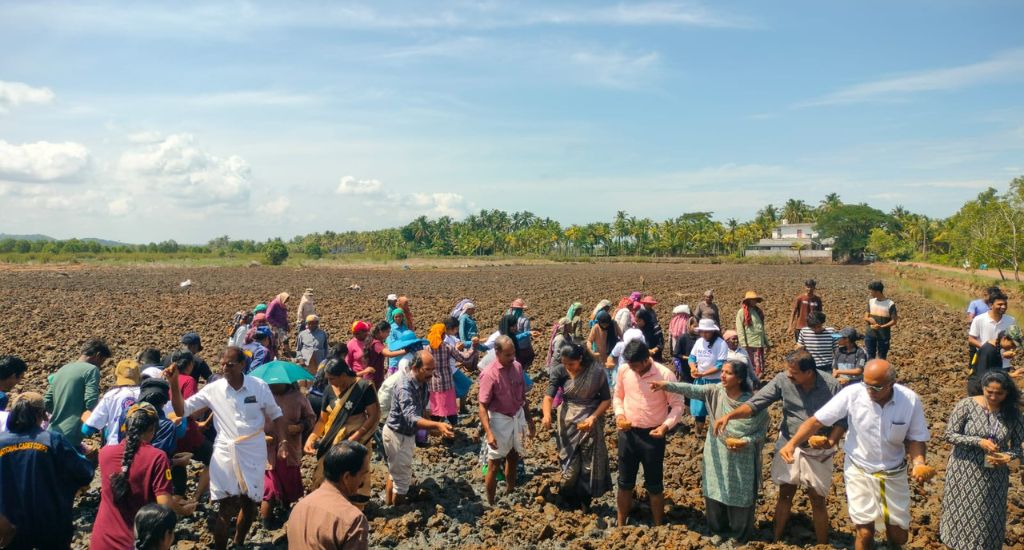
“The cultivable Kaipad area has decreased from 3,850 to 770 hectares. Kaipad rice tracts are present in Kannur, Kasargod and Kozhikode. But in many areas in Kasargod, mangroves have taken over these tracts. In many of the ancestral Kaipad tracts of Kannur, cultivation stopped due to an irrigation scheme,” said Vanaja T, professor and north zone associate director of research, Kerala Agricultural University (KAU) and director of government-run Kaipad Agency.
She was referring to the Kattampally bridge that was designed as a multipurpose scheme for irrigation, to prevent saltwater intrusion, reclaim paddy land, control floods and for transportation.
Also Read | Raigad farmers cultivate rice with less water
“The Kaipad rice tracts have also undergone major changes due to housing and minor irrigation projects which prevented salt water into these areas, leaving them unusable,” said Vanaja.
Kozhikode, Kannur and Kasargod – the three districts with Kaipad tracts – were brought under the Rashtriya Krishi Vikas Yojana (RKVY) Paddy Mission of KAU in 2010. The Kaipad rice got GI tag in 2014, offering an opportunity to farmers to enhance their livelihood.
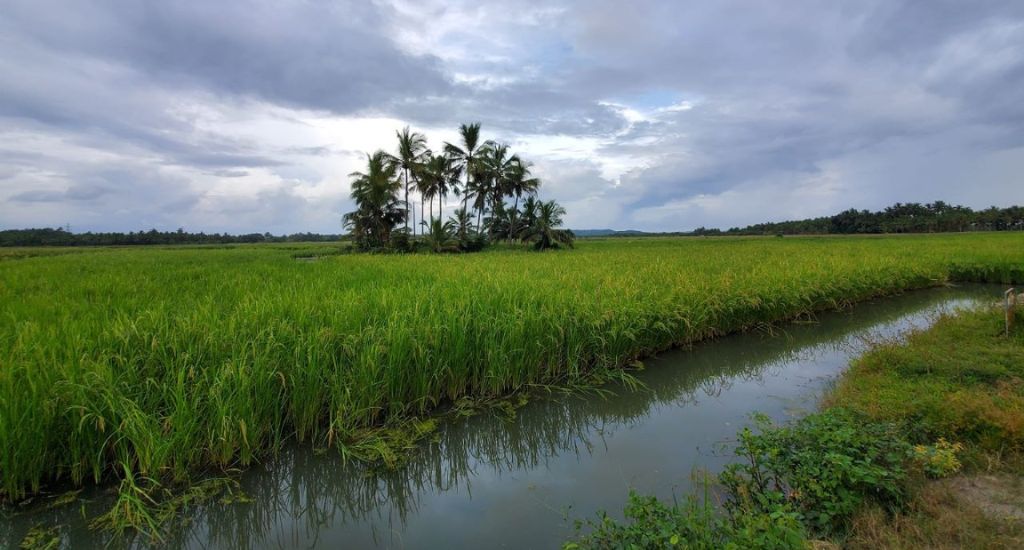
Some unfavourable traits of the local cultivars were one of the reasons that made farmers abandon rice farming. The traditional Kaipad rice varieties like kuthiran and orkkayama in Kannur, kandarkotti in Kasargode, and odiyan, orissa and orpandi in Kozhikode are salt resistant to a large extent. But modern hybrid varieties such as uma do not grow well in saline water.
Using the traditional varieties, KAU has developed five hybrid varieties suitable for the saline Kaipad rice tracts.
“The farmers cultivated paddy between the southwest and northeast monsoons when the water salinity was near zero. As the southwest monsoon advanced, the saline water in the two nearby rivers retreated to the Arabian Sea for nearly four months. The hills had intense rains resulting in water from the rivers entering the fields, advancing the salt accumulation. Crops should be harvested in August but that doesn’t seem likely,” said Sukumaran.
Also Read | Farmers across India revive folk rice varieties

Rehabilitation of intruded mangroves from the cultivated Kaipad tracts to the fringes is another issue, said Vanaja. Mangrove conservationists resist the move and hinder the few farmers who want to take up Kaipad farming.
“The challenges are multidimensional,” said Sukumaran, the Secretary of Malabar Kaipad Farmers’ Society. “Climatic fluctuations, and lack of mechanisation, profitability, subsidies, easy credit and marketing facilities all make a difference. Besides of course recurring crop failures and uneconomic size of land holdings.”
Shortage of agricultural labour is a major challenge since the work involves standing in brackish water for long hours. In the Kaipad region, daily wages for agricultural workers range between Rs 1,000 for men and Rs 650 for women. Vanaja advocates mechanisation for making the processes less labour intensive.
The cost of cultivating rice on a one-acre plot (for one season) is around Rs 15,000, according to Rohini, a farmer in Kannur district. She gets nearly 2,000 tonnes of paddy from one hectare and one person’s net profit is Rs 9,500, since she is farming with four others.
Also Read | This Maharashtra village is home to 10 aromatic rice varieties
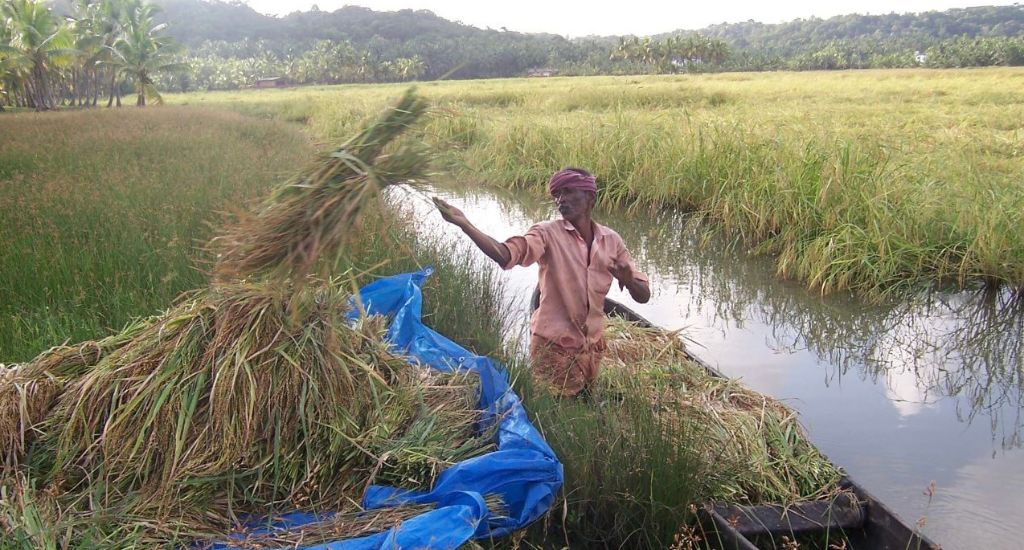
Sukumaran said that the subsidy for growing Kaipad rice should be increased, to make it profitable for the farmer. He suggests post-harvest subsidies too. The production cost for Kaipad rice is Rs 96 per kg. If it is not sold at 30 percent more, the farmer makes a loss.
Be it Saraswathi or Balan of Kannur, farmers have similar tales. “If we get a subsidy, more land can be brought under Kaipad rice,” said Balan.
Rohini’s harvest is mostly for her family. If there is extra, people come and buy from her. It’s the case with many farmers.
“The Kaipad Area Development Society gets only a limited amount to be sold under its brand,” said Jyothi, technical coordinator of the Kaipad project.
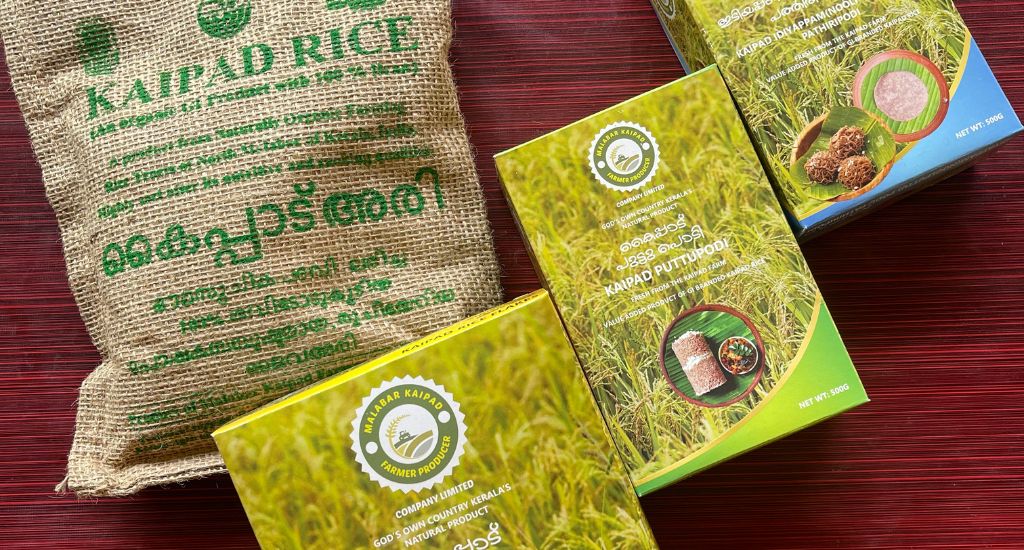
“There’s even international demand for Kaipad rice and it’s available in online stores. But that is not enough. We need to bring in maximum land under Kaipad rice by inspiring farmers,” said Vanaja.
“Domestic market should be strengthened,” she added. “The food park by the Kaipad Society at Pazhayangadi, Kannur aims to popularise Kaipad rice and its value-added products. Even if people can’t buy rice at Rs 110 per kg, they can taste the lunch made with the rice, priced at Rs 50.”
Also Read | The Kolhapur rice tipping the scale one grain at a time
The lead image shows paddy saplings in a field in the Kaipad tract. (Photo by Lakshmi Unnithan)
Lakshmi Unnithan is a Bengaluru-based sustainability expert and holds a doctorate in horticulture.